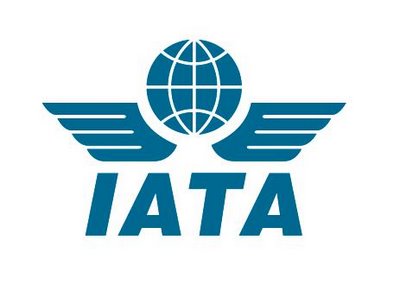Losses Reduce but Challenges Continue - Cumulative $201 Billion Losses for 2020-2022

The International Air Transport Association (IATA) announced its latest outlook for airline industry financial performance showing improved results amid the continuing COVID-19 crisis:
- Net industry losses are expected to reduce to $11.6 billion in 2022 after a $51.8 billion loss in 2021 (worsened from the $47.7 billion loss estimated in April). Net 2020 loss estimates have been revised to $137.7 billion (from $126.4 billion). Adding these up, total industry losses in 2020-2022 are expected to reach $201 billion.
- Demand (measured in RPKs) is expected to stand at 40% of 2019 levels for 2021, rising to 61% in 2022.
- Total passenger numbers are expected to reach 2.3 billion in 2021. This will grow to 3.4 billion in 2022 which is similar to 2014 levels and significantly below the 4.5 billion travelers of 2019.
- Robust demand for air cargo is expected to continue with 2021 demand at 7.9% above 2019 levels, growing to 13.2% above 2019 levels for 2022.
“The magnitude of the COVID-19 crisis for airlines is enormous. Over the 2020-2022 period total losses could top $200 billion. To survive airlines have dramatically cut costs and adapted their business to whatever opportunities were available. That will see the $137.7 billion loss of 2020 reduce to $52 billion this year. And that will further reduce to $12 billion in 2022. We are well past the deepest point of the crisis. While serious issues remain, the path to recovery is coming into view. Aviation is demonstrating its resilience yet again,” said Willie Walsh, IATA’s Director General.
The air cargo business is performing well, and domestic travel will near pre-crisis levels in 2022. The challenge is international markets which remain severely depressed as government-imposed restrictions continue.
“People have not lost their desire to travel as we see in solid domestic market resilience. But they are being held back from international travel by restrictions, uncertainty and complexity. More governments are seeing vaccinations as a way out of this crisis. We fully agree that vaccinated people should not have their freedom of movement limited in any way. In fact, the freedom to travel is a good incentive for more people to be vaccinated. Governments must work together and do everything in their power to ensure that vaccines are available to anybody who wants them,” said Walsh.
Re-establishing global connectivity, the 11.3 million jobs (pre-COVID-19) in the aviation industry, and the $3.5 trillion of GDP associated with travel and tourism should be priorities for governments.
“Aviation is resilient and resourceful, but the scale of this crisis needs solutions that only governments can provide. Financial support was a lifeline for many airlines during the crisis. Much of that—approximately $110 billion— is in the form of support that needs to be paid back. Combined with commercial borrowing the industry is now highly leveraged. We don’t want handouts, but wage support measures to retain critical skills may be necessary for some airlines until governments enable international travel at scale. And regulatory alleviations—like continued slot wavers while international traffic recovers—will be needed well into 2022,” said Walsh.




.png)


.jpg)

Comments
There are no comments yet for this item
Join the discussion